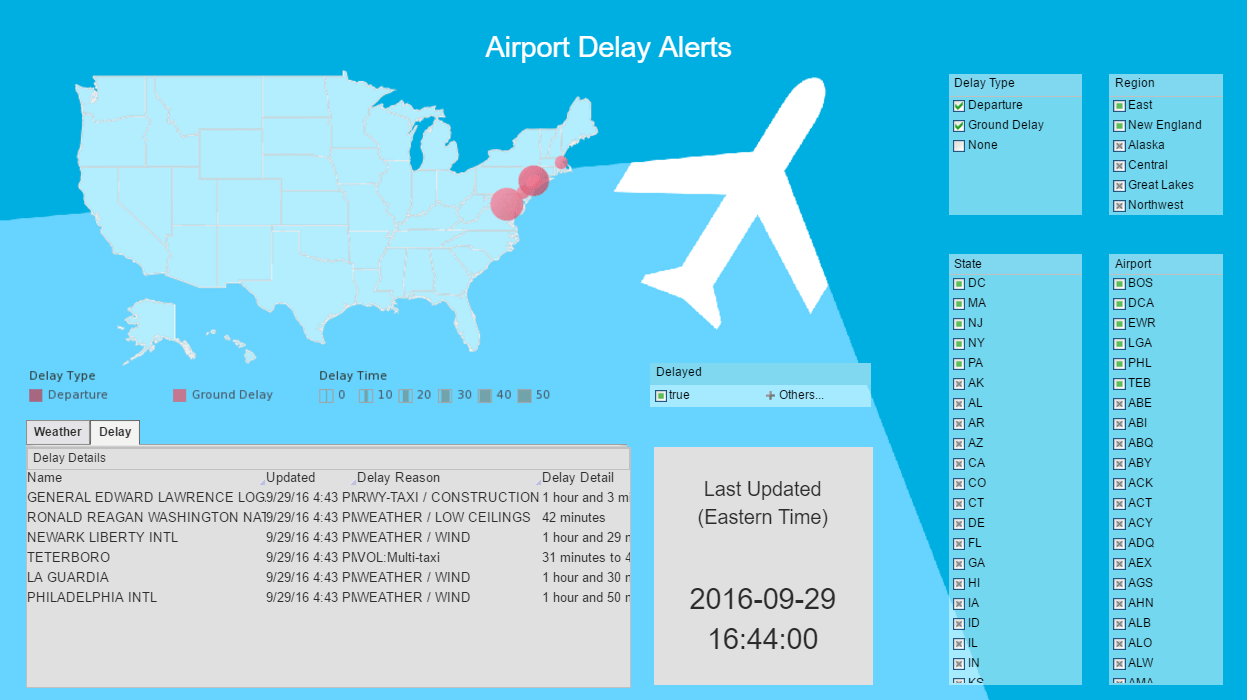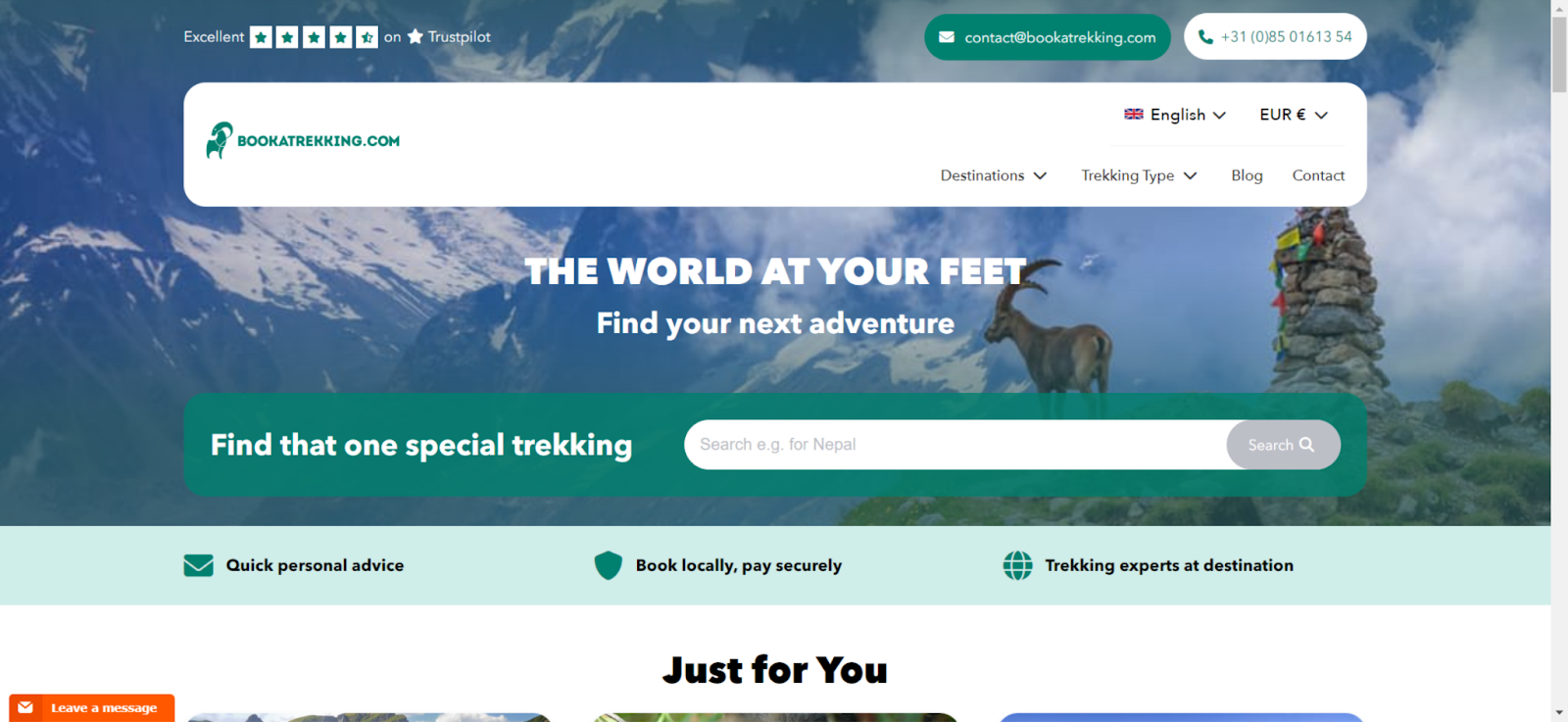Data Analytics in the Travel Industry: A 2025 Guide
In today's world, where data is the most valuable asset, competent data analysis is an integral part of the development of any industry. Tourism is no exception. Analytics in tourism plays a key role in understanding and anticipating trends, ensuring high competitiveness, and effective strategic forecasting.
Analytics provides data that impacts all aspects of the tourism business, from marketing and advertising to strategy selection and operational decision-making. With the help of analytical information, it is possible to better understand customer preferences and behavior, use resources efficiently, identify potential markets, and anticipate and prevent possible risks.
Making the right strategic decisions and improving the quality of services in tourism is impossible without a quality analytical system with rapid information updates.
Moreover, analytics in tourism is necessary not only for managerial decisions but also for planning marketing campaigns and developing new products. It can be used to determine market share, select target audience, create personalized offers, analyze the effectiveness of advertising, and evaluate the impact of marketing activities.
Modern technologies provide the ability to visualize, continuously monitor, and update data, which helps to direct attention to relevant changes and respond to them as effectively as possible.
| #1 Ranking: Read how InetSoft was rated #1 for user adoption in G2's user survey-based index | Read More |
Bookatrekking - Example of Data Analytics Impact
Bookatrekking.com offers people a wide variety of trekking opportunities. Working with qualified and independently reviewed partners worldwide, they offer the highest-ranking treks at the lowest pricing.
For a long time, they worked without data analytics. As a result, they had no clear information on the most popular destinations, trails, and average check.
Now, Bookatrekking leverages transaction data to enhance its travel analytics. It has a comprehensive understanding of customer behavior, revenue forecasting, pricing optimization, and demand trends within the trekking and travel industry. This data-driven approach allows them to segment customers, assure service quality, and identify emerging industry trends.
3 Types of Data Analytics in Tourism
These 3 types of data analytics collectively empower the tourism industry to make informed decisions, capitalize on emerging trends, and provide travelers with more tailored, value-driven experiences.
Insightful descriptive analytics
Descriptive analytics is a powerful tool that leverages both real-time and historical customer data to provide a clear and unbiased picture of the present and near future. In the dynamic world of tourism, this analysis can be instrumental in cost reduction strategies, such as offering last-minute discounted tours and enhancing forecasting accuracy. For instance, it can help achieve targets like optimizing revenue by ensuring that 80% of seats are sold at full price while strategically allocating 50% for early bird bookings.
Strategic predictive analytics
Predictive analytics serves as the crystal ball for travel companies, enabling them to peer into the future by identifying long-term trends and patterns based on historical data. It helps answer crucial questions like the types of trips that will gain prominence in the coming seasons. Whether it's study-oriented adventures, business travels, romantic getaways, or wellness escapes, predictive analytics can provide insights into the most popular choices. Additionally, it forecasts the upcoming hotspots, helping businesses align their offerings with the evolving preferences of travelers.
Optimizing with prescriptive analytics
Prescriptive analytics, the advanced sibling of predictive analytics, goes beyond forecasting and delves into strategic decision-making. Using simulation scenarios, this type of analytics not only predicts but also prescribes the most promising business strategies for travel companies. It assists in maximizing profits, reaching target audiences, and optimizing resource allocation. With prescriptive analytics, travel companies can fine-tune their operations to provide personalized and efficient services that align perfectly with their customers' expectations.
 |
View live interactive examples in InetSoft's dashboard and visualization gallery. |
3 sources of data in tourism
Harnessing these diverse data sources is pivotal for the tourism industry. By decoding UGC, following the digital trail of devices, and dissecting transaction data, businesses can stay ahead, offering travelers the experiences they crave and optimizing their operations for the future.
Transaction data - unveiling digital footprints
Transaction data unveils the intricate web of online interactions that travelers engage in. This source encompasses web search data, web page visits, and the digital breadcrumbs of online bookings. Sophisticated tools like Google Analytics play a pivotal role in harvesting this wealth of data. It's not just about what travelers seek. It's about understanding their browsing patterns, interests, and behaviors, allowing tourism businesses to make data-informed decisions and create personalized experiences.
UGC data - insights from the crowd
User-generated data (UGC) is a treasure trove of information harnessed from the crowd's wisdom. It's the most budget-friendly data source, encompassing textual gems derived from surveys and social networks, as well as captivating photo narratives. With UGC data, tourism stakeholders can tap into the collective experiences and opinions of travelers, painting a vivid picture of what resonates with their audience.
Device data - navigating the digital trail
This data trail comes at a premium, influenced by factors such as geographic coverage and study duration. It encompasses a wide spectrum of information, from the precise GPS tracks travelers leave behind to mobile roaming data and Bluetooth connections. Device data offers a nuanced understanding of tourist movements and preferences, helping businesses tailor their services to the ever-evolving digital footprints of their customers.
What Small-Footprint, Self-Service Analytics To Choose For Your Travel Business?
In recent decades, tourism has become one of the key sectors of the global economy, providing millions of jobs and generating huge revenues for cities and regions. With such intense competition in the tourism market, businesses and regional tourism development committees must make informed decisions to attract tourists and offer the most suitable tourism product.
Let's look at how this all works using InetSoft as an example. It offers analytical reports that allow tourism development businesses and government agencies to assess the potential audience of sites and develop development strategies at the level of the point of attraction, city, and region.
One of the main features provided by the service is to analyze the interest in tourism products at a given moment. With the help of automatic segmentation of the target audience, InetSoft allows tourism businesses and executive authorities to gain valuable knowledge about the audience of objects of tourist interest, identify growth points, and understand what measures must be taken to meet their needs.


